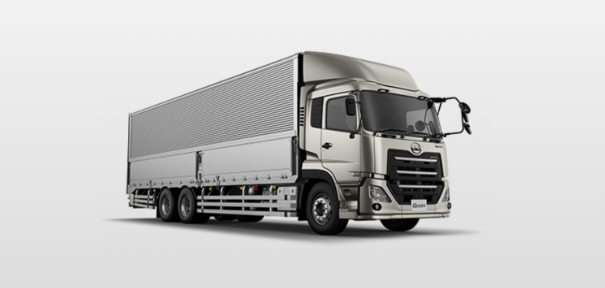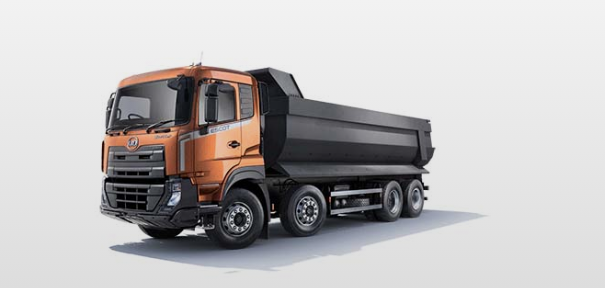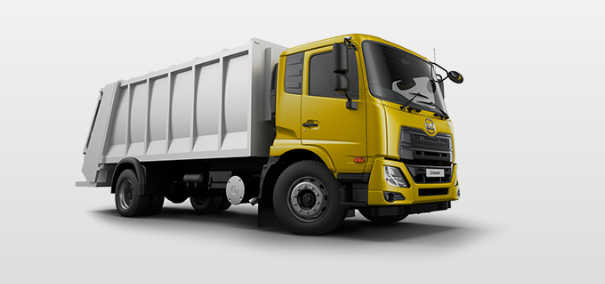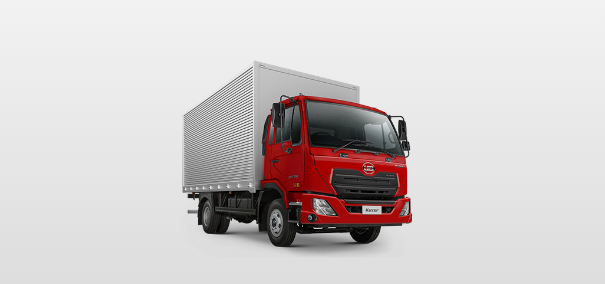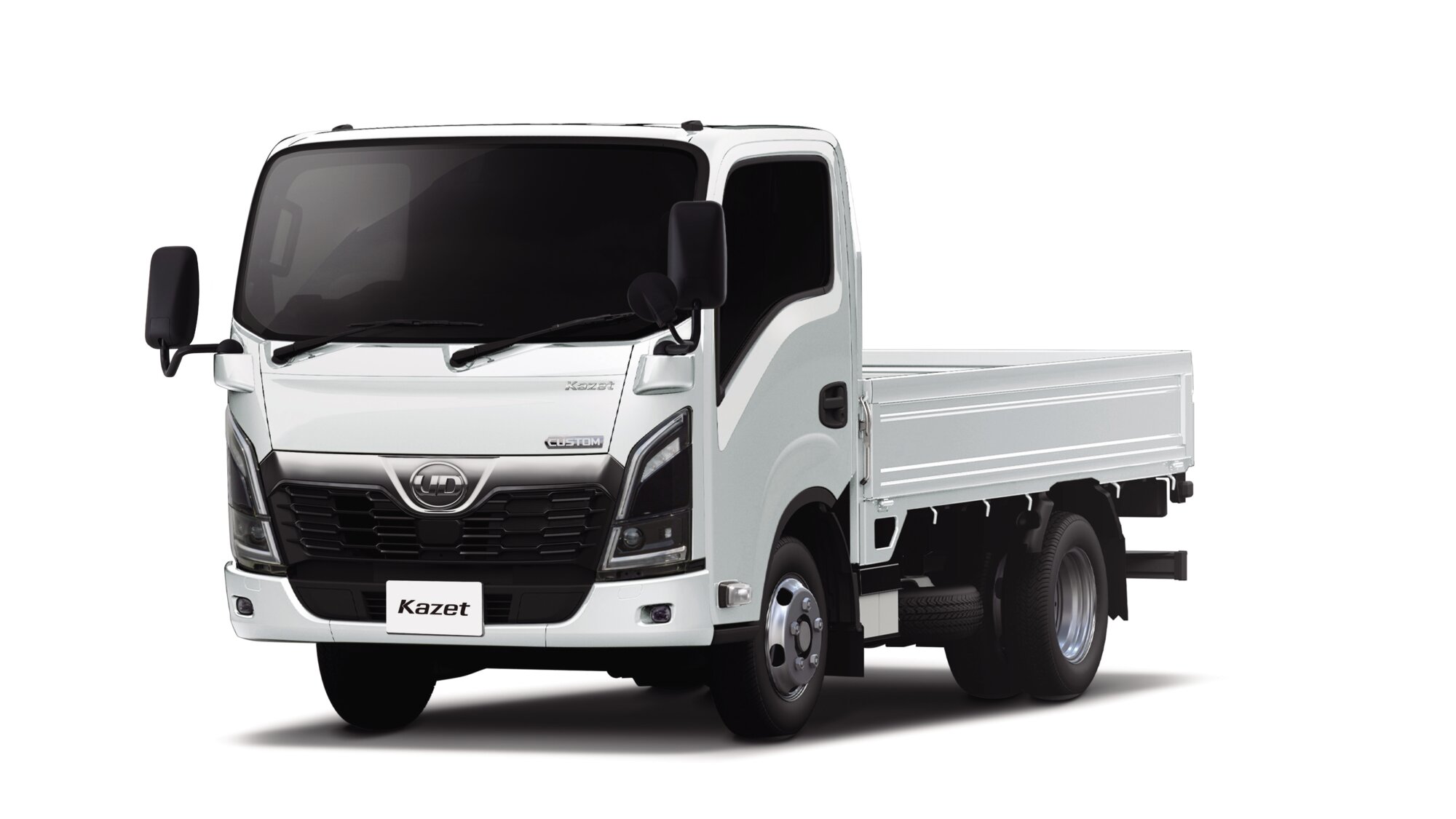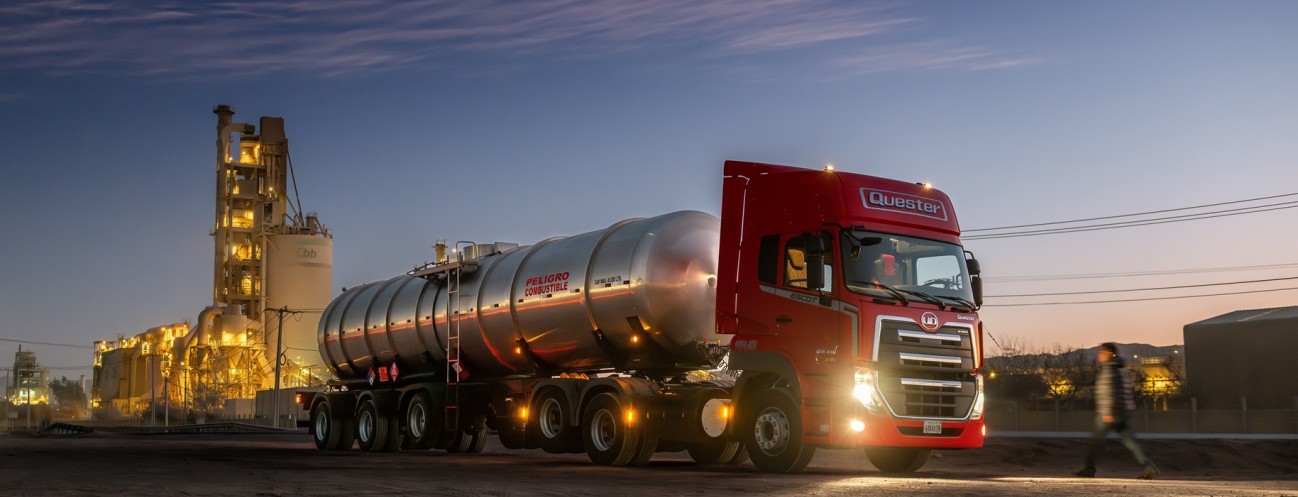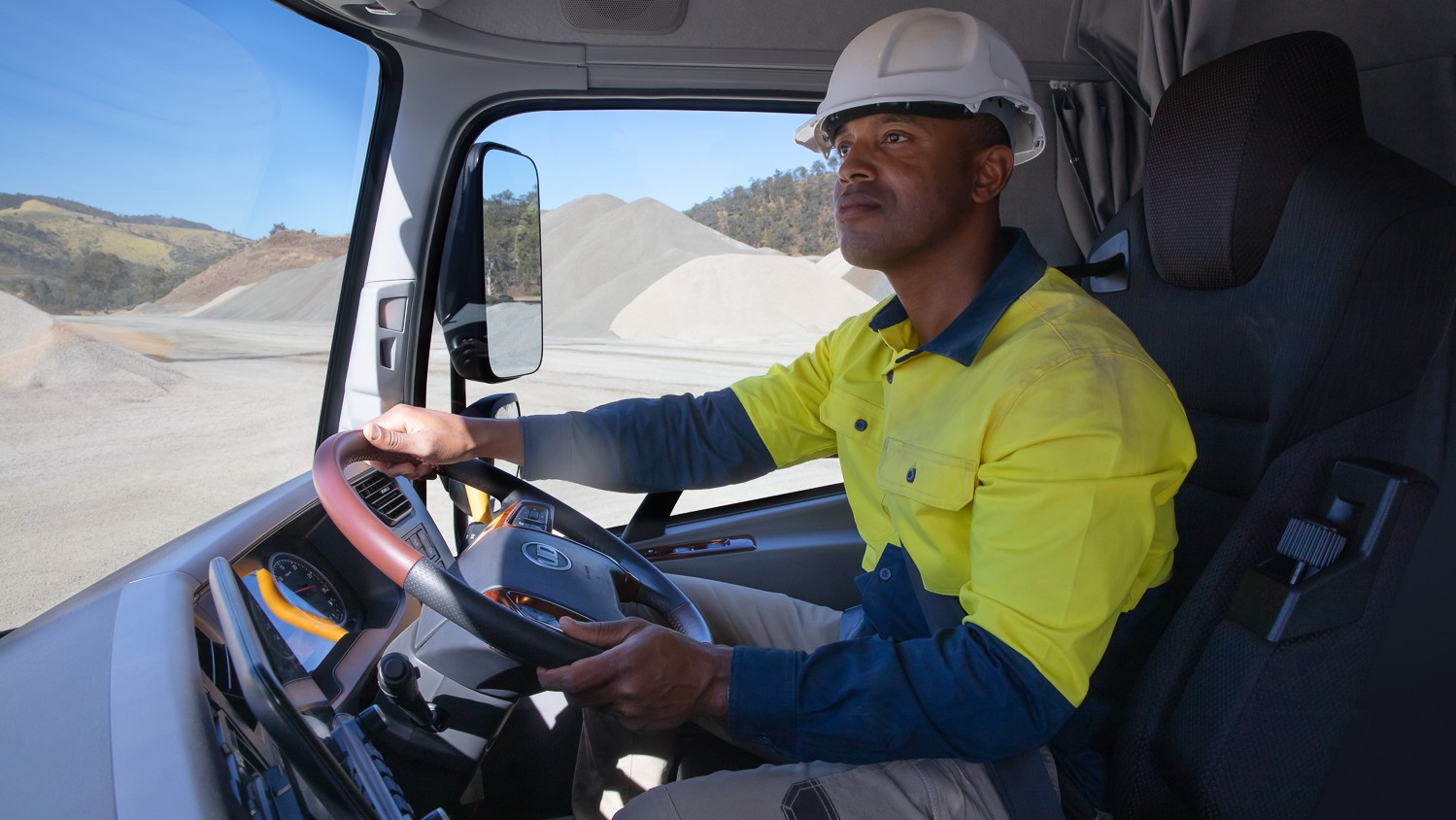The trucking sector faces a persistent labor shortage—and the effective use of foreign drivers can be a key part of the solution.
This article examines how different countries are bringing in cross-border talent, the challenges foreign drivers encounter, and technology-driven solutions now emerging. As you read on, you’ll see how the industry can evolve into a workplace where diverse talent can perform at its best.
Current status of cross-border talent adoption worldwide

A severe driver shortage is evident across the globe. Countries are moving to accept foreign drivers, but each market faces distinct challenges and countermeasures.
Japan
In Japan, the need to utilize foreign drivers has become urgent because the domestic shortfall is deepening. According to Nomura Research Institute, by 2030 domestic drivers are projected to be short by 36% relative to logistics demand. Despite this, foreign employees account for only 3.3% of Japan’s logistics workforce—far below manufacturing (26%) and wholesale (13%).
Against this backdrop, acceptance under the Specified Skilled Worker (Type 1) visa for motor transport is emerging as a key solution, with government and industry working together to build the necessary framework.
European Union
In the EU, chronic shortages have made foreign drivers an essential part of the labor pool. In 2023, an IRU survey found that the EU, Norway, and the UK were short more than 233,000 drivers. Without action, the gap could exceed 745,000 by 2028.
A new Driving License Directive approved in May 2025 includes provisions for commercial truck driving from age 18 and mutual recognition of third-country licenses within the EU. At the same time, concerns about labor exploitation of third-country drivers persist, and stronger, more effective enforcement is being called for.
ASEAN
Across ASEAN, logistics demand is expanding faster than the supply of drivers, intensifying the shortage. Contributing factors include fewer young people taking up driving and an aging driver population—trends seen worldwide.
Even so, the region’s logistics market is expected to grow steadily. By 2030, the truck fleet is forecast to reach 1.7 million units, with annual growth of about 8%. To keep this growth sustainable, infrastructure development, regulatory streamlining, and better working conditions are essential—particularly initiatives that increase labor mobility within the region, such as mutual recognition of driver licenses for cross-border operations.
Three barriers when employing foreign drivers

Companies typically encounter three major hurdles: language, technology/regulation, and everyday life/culture. Understanding these barriers and preparing targeted responses is critical.
The language barrier
Foreign drivers can struggle with road signs and traffic instructions, increasing the risk of misreading signals, violations, or incidents. Sharing work orders and safety instructions may also be difficult, which can cause confusion on site. The Most critical cases are emergencies, where communication failures can worsen outcomes.
Practical countermeasures include illustrated Japanese manuals designed for non-native speakers and the use of multilingual translation apps.
The technology and regulatory barrier
Differences in national systems and rules create additional hurdles. Driver licensing varies by country, and local acquisition or renewal may be required—especially challenging for heavy-vehicle licenses. Traffic rules and norms (left-side driving, full stops, intersection right-of way etiquette, etc.) also differ widely.
Adapting to these differences takes specialist training and time. Companies can address this by providing instruction tailored to local road conditions and safety regulations in the hiring country.
The life and culture barrier
Cultural gaps can make workplace integration difficult. Nonverbal communication (greetings, facial expressions, gestures) and approaches to reporting or consulting at work may differ, leading to misunderstandings.
Foreign drivers also need support to navigate housing, taxes, insurance, and public transport. In addition, aligning with local workplace practices—such as reporting/communication/consultation routines, use of honorific language, and views on hierarchy—requires time and mutual understanding. Companies should establish support desks and buddy systems and invest in continuous, two-way cultural onboarding.
Aiming for “anyone can drive” — UD Trucks’ ease-of-use initiatives
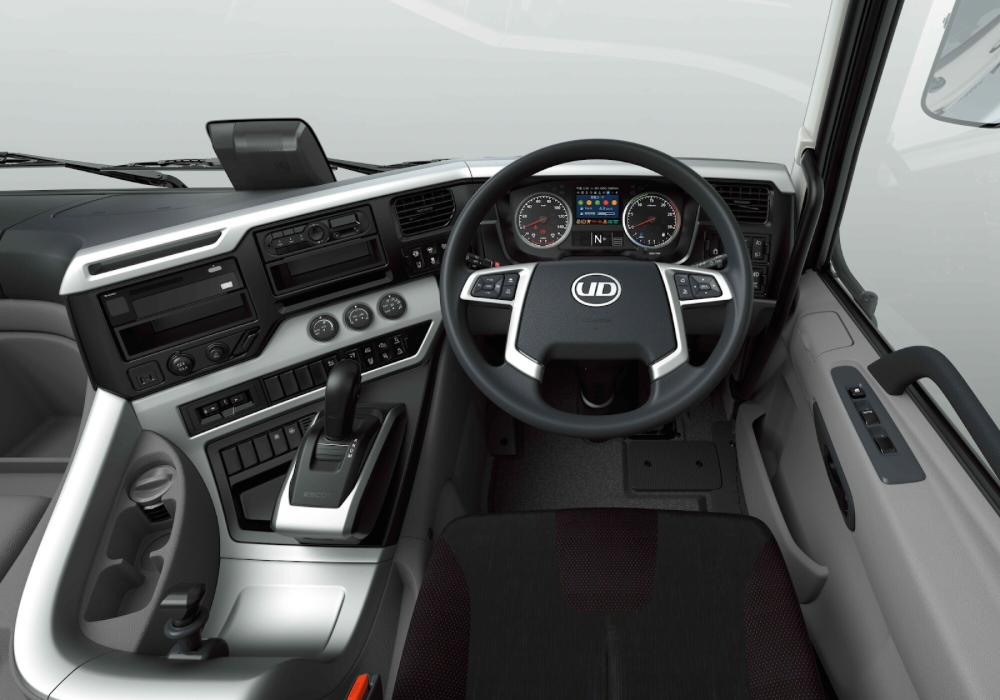
While expectations for foreign drivers are rising, language, culture, and differences in driving experience can still be hurdles on the ground. Fleets need trucks that accommodate driver diversity so every driver can operate with confidence. UD Trucks continues to refine “ease of use” to meet that need. Below are specific initiatives.
Intuitive operation for easier driving | ESCOT-VI (electronically controlled automatic transmission)
By removing complex clutch work, ESCOT substantially reduces driver workload. Specifically, ESCOT-VI with GPS-linked look-ahead shift control optimizes driving to match terrain, load, and operating conditions. It also offers hill start assist, cruise control, and brake-assist functions.
As a result, stable driving becomes attainable regardless of prior experience or skill level—supporting consistent training outcomes and higher safety in mixed-workforce environments that include foreign drivers.
Accommodating different body types | a user-friendly driving environment from UD Trucks
UD Trucks designs vehicles so anyone—regardless of physique or experience—can drive comfortably. This inclusive approach helps deliver a safer, more stable operating environment.
For example, UD Active Steering on Quon uses an electric motor and electronic control to apply fine corrections while driving, enabling secure, stable handling for drivers of any gender or experience. Belt-integrated seats allow precise seat-base adjustments so even smaller-statured drivers can maintain an appropriate driving posture.
These incremental design choices add up to a truck that’s easier for everyone to handle.
Ready for multilingual operations | English-language instrument panel
On Quon, the instrument panel can be switched to English, reducing language hurdles during operation. This supports usability for drivers of different nationalities and experience levels alike, and helps build workplaces where diverse teams can work with confidence.
Looking ahead: a future for heavy-duty trucking shaped by coexistence with foreign drivers
Overcoming language, technical, and everyday-life barriers calls for trucks that prioritize real-world usability. With features such as ESCOT and other driver-assist functions, UD Trucks is working to create an environment in which anyone can drive with confidence. Leveraging vehicles equipped with these capabilities is helping to realize a sustainable logistics future where diverse talent can contribute and succeed.

